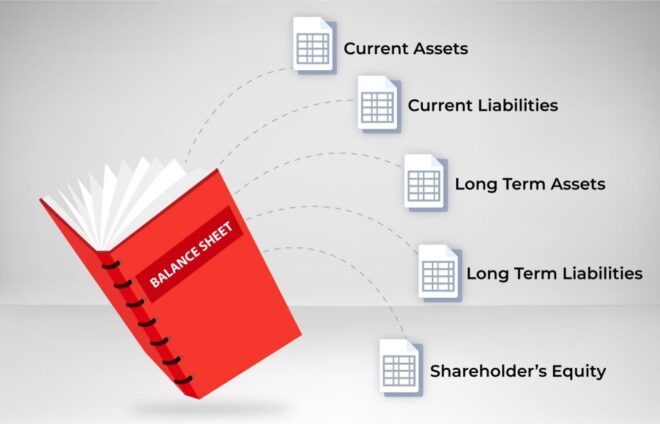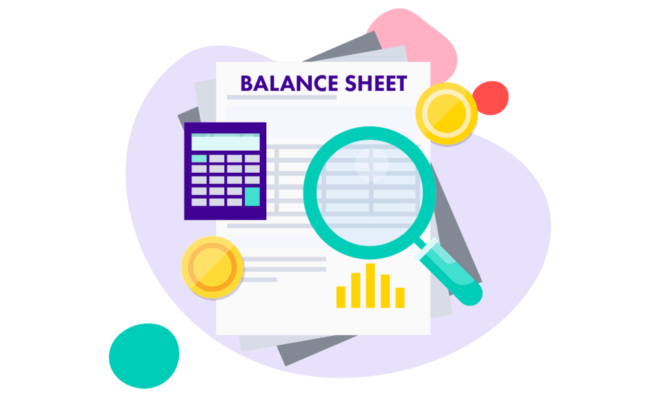 Is Balance Sheet mandatory to draft for physiotherapist
Is Balance Sheet mandatory to draft for physiotherapist

Here are some of the benefits of drafting a balance sheet for a physiotherapist:
1. Track financial performance:
A balance sheet can help you to track your financial performance over time. This can be helpful for identifying trends and making financial decisions.
2. Make financial decisions:
A balance sheet can help you to make informed financial decisions. For example, you can use the balance sheet to determine how much debt you can afford to take on or what kind of investments you should make.
3. Attract investors:
If you are looking to attract investors, a balance sheet can be a helpful tool. Investors will want to see that you are financially sound before they invest in your business.
4. Meet legal requirements:
In some cases, physiotherapists may be required to draft a balance sheet by law. For example, physiotherapists who are registered with the government may be required to submit a balance sheet as part of their annual registration renewal process.
If you are a physiotherapist, I recommend that you draft a balance sheet regardless of your turnover. This can be a helpful tool for tracking your financial performance and for making financial decisions.
Here are the steps on how to draft a balance sheet for a physiotherapist:
1. Gather your financial information:
You will need to gather all of your financial information for the accounting period you are preparing the balance sheet for. It includes your assets, liabilities, and equity.
2. Classify your assets and liabilities:
Assets and liabilities must be classified as either current or non-current. Current assets are assets which are expected to be converted into cash within one year. Non-current assets are assets which are not expected to be converted into cash within one year. Current liabilities are liabilities that are expected to be paid within one year. Non-current liabilities are liabilities that are not expected to be paid within one year.
To visit: https://www.incometax.gov.in
3. Determine your equity:
Equity is the difference between your assets and liabilities. It represents the net worth of your business.
4. Prepare the balance sheet: Once you have gathered and classified your financial information, you can prepare the balance sheet. The balance sheet must be presented in a clear and concise manner. It should include the following sections:
a. Assets
b.Liabilities
c. Equity
5. Review and adjust the balance sheet:
Once you have prepare the balance sheet, you should review it carefully to ensure that it is accurate. You may need to make adjustments to the balance sheet if there are any errors or omissions.
6. Retain the balance sheet:
Once you have reviewed and adjusted the balance sheet, you should retain it for your records. So, We can say that the balance sheet is an important financial document that can be use to track your financial performance and make inform financial decisions.
FAQs:

For further details access our website: https://vibrantfinserv.com